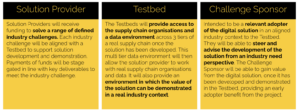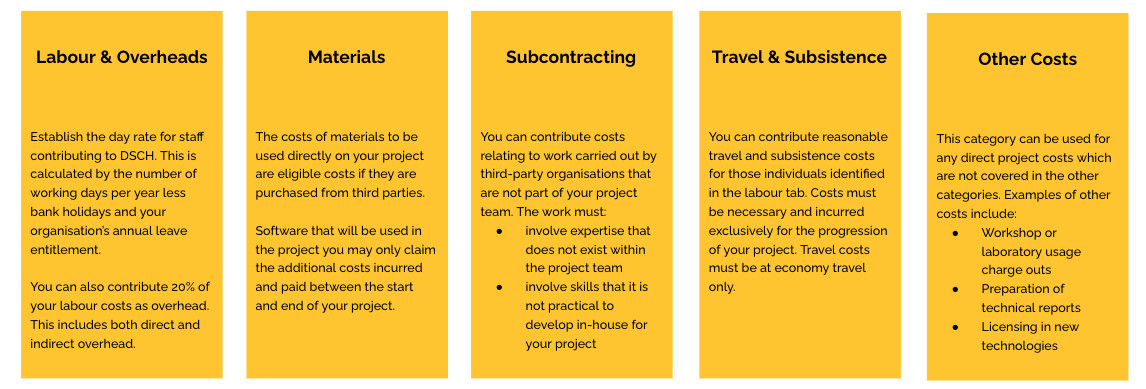Aim: to develop a tool to simplify how companies across supply chains can efficiently, accurately, and discretely aggregate Life Cycle Analysis (LCA) performance measurements from their successive supply chain tiers.
The business case for sustainability is currently advancing more quickly than companies’ ability to measure their sustainability performance meaning that the demand for proving sustainability performance is not being met by supply.
Life Cycle Analysis is a methodology increasingly being used for assessing environmental impacts such as energy use, water consumption, land use, emissions, and resource depletion, associated with all stages of a product, process or service. In Textiles, impacts are assessed from raw material extraction and processing through to manufacture distribution. When recycled, the resulting product can therefore compare its improved LCA to that of virgin fibres providing the business case for circular textiles compared to linear.
However, for a given garment product supply chain, each designated tier partner might use a different LCA firm using different standards and metrics. The resulting lack of interoperability means that providing accurate results for a full LCA is very difficult, and as a result, often inaccurate.
The aim of the solution will:
- Enable interoperability between existing LCA systems.
- Provide product or material Level LCA Assessment.
- Interpret each tier partner’s production and resource usage data with their respective LCA company’s.
- Providing necessary permission control for underlying data.
Develop a Minimum Viable Product solution & demonstrate its value in the Circular Textiles Testbed environment.



